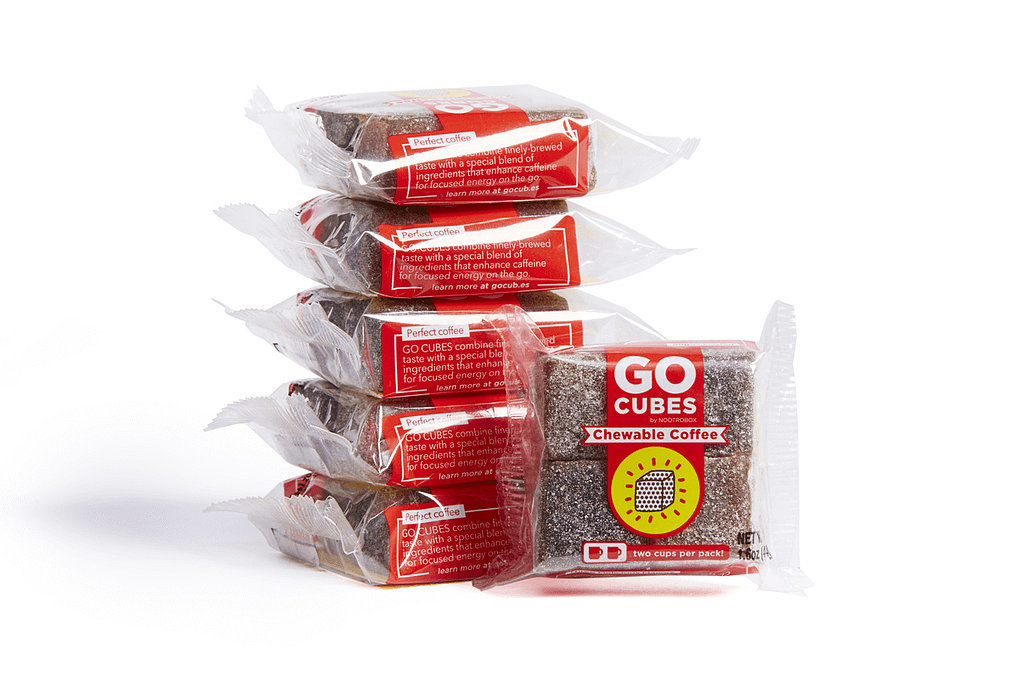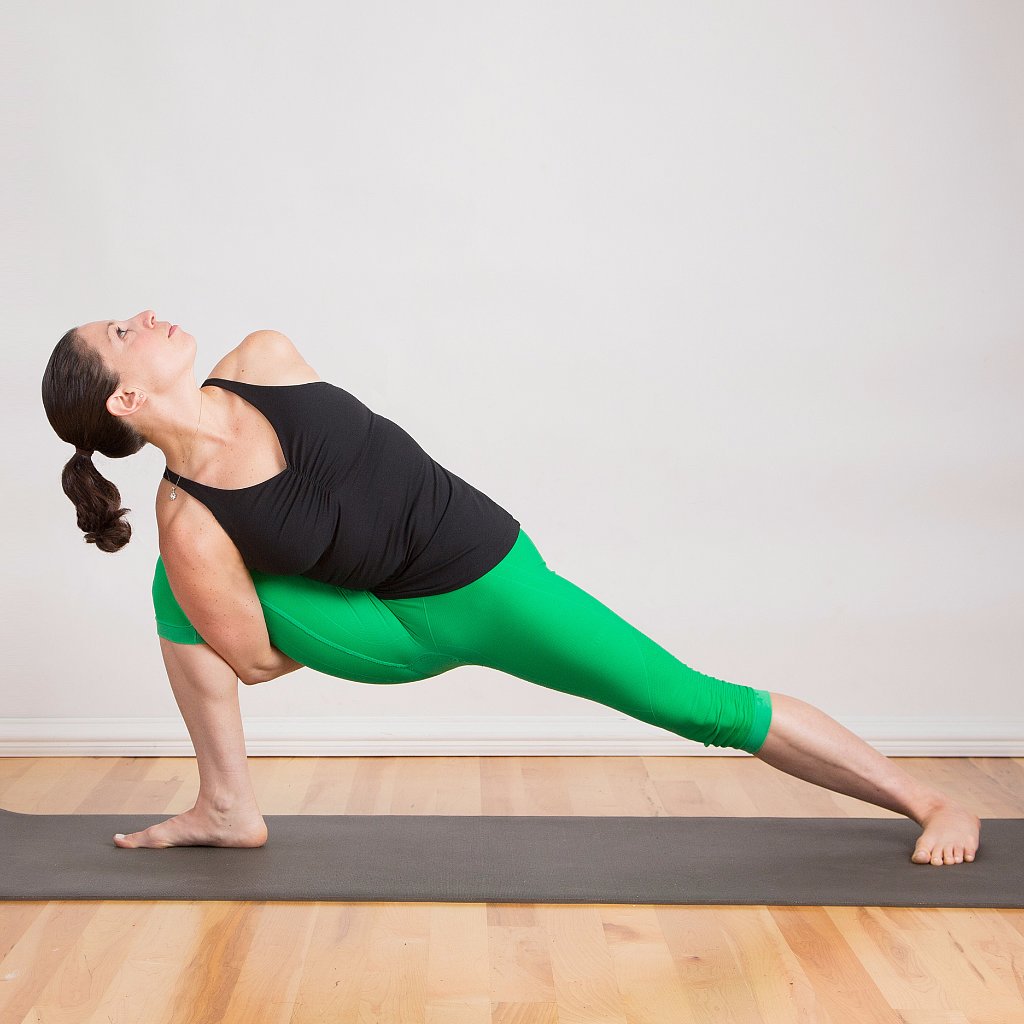Congratulation on signing up for a marathon! Now all you need a training schedule. This plan is geared for experienced runners — two-plus years of regular running — who have a background in running longer distances and also have some half-marathons and marathons under their belt. Following this schedule should give you the edge to hit a PR, which is definite motivation to stick with our 16-week training plan. This plan is easy to follow with lots of speedwork and crosstraining built in. The longer training runs are scheduled for Saturdays so you have Sunday to recover, but if that…
Congratulation on signing up for a marathon! Now all you need a training schedule. This plan is geared for experienced runners — two-plus years of regular running — who have a background in running longer distances and also have some half-marathons and marathons under their belt. Following this schedule should give you the edge to hit a PR, which is definite motivation to stick with our 16-week training plan.

This plan is easy to follow with lots of speedwork and crosstraining built in. The longer training runs are scheduled for Saturdays so you have Sunday to recover, but if that doesn’t work for you, just shift this schedule one day.
| Week | Monday | Tuesday | Wednesday | Thursday | Friday | Saturday | Sunday | Total Miles Run |
|---|---|---|---|---|---|---|---|---|
| 1 | 6 miles easy | 4 miles hills | PSS/XT | Rest | 5 miles easy | 10 miles (SD) | Injury Prevention | 25 |
| 2 | 6 miles easy | 4 miles hills | PSS/XT | Rest | 5 miles easy | 12 miles (SD) | Injury Prevention | 27 |
| 3 | 6 miles easy | 5 miles hills | PSS/XT | Rest | 5 miles easy | 10 miles (SD) | Injury Prevention | 26 |
| 4 | 5 miles easy | 5 miles hills | PSS/XT | Rest | 3 miles easy | 14 miles (SD) | Injury Prevention | 27 |
| 5 | 6 miles easy | 1-mile time trial | PSS/XT | Rest | 3 miles easy | 16 miles (SD) | Injury Prevention | 26 |
| 6 | 6 miles easy | 5 miles hills | PSS/XT | Rest | 3 miles easy | 12 miles (SD) or Half Marathon | Injury Prevention | 26 |
| 7 | 6 miles easy | 4 miles hills | PSS/XT | Rest | 2 miles easy | 18 miles (SD) | Injury Prevention | 30 |
| 8 | 6 miles easy | 1-mile time trial | PSS/XT | Rest | 5 miles easy | 15 miles (SD) | Injury Prevention | 27 |
| 9 | 5 miles / 5 SW | 5 miles hills | PSS/XT | Rest | 2 miles easy | 20 miles (SD) | Injury Prevention | 32 |
| 10 | 6 miles / 6 SW | 7 miles hills | PSS/XT | Rest | 5 miles easy | 12 miles (SD) or Half Marathon | Injury Prevention | 30 |
| 11 | 7 miles / 7 SW | 1-mile time trial | PSS/XT | Rest | 3 miles easy | 22 miles (SD) | Injury Prevention | 33 |
| 12 | 7 miles / 7 SW | 7 miles hills | PSS/XT | Rest | 5 miles easy | 14 miles (SD) | Injury Prevention | 33 |
| 13 | 5 miles / 5 SW | 5 miles hills | PSS/XT | 6 miles easy | 2 miles easy | 20 miles (SD) | Injury Prevention | 38 |
| 14 | 6 miles / 6 SW | 6 miles hills | PSS/XT | 5 miles easy | Rest | 12 miles (SD) | Injury Prevention | 29 |
| 15 | 4 miles / 4 SW | 1-mile time trial | PSS/XT | 4 miles easy | Rest | 10 miles (SD) | Injury Prevention | 19 |
| 16 | 5 miles easy | Rest | 3 miles easy | Rest | Rest | Marathon! | Rest | 34.2 |
Easy: Go at a slightly slower than usual, consistent pace.
Hills: This run should be done where there are intervals of hills incorporated in the run and not just a flat distance. It is important to incorporate these types of grade inclines into the running routine to build strength and endurance in the legs while running longer distances. If you’re on a treadmill, just pump up the incline every five minutes for 30-second to two-minute intervals.
PST/XT: Prehab stretch and strengthen (PSS) or Cross-Training (XT): To stay strong and healthy during training, commit to doing this injury-prevention workout once a week. The strength-training moves, focusing on the core and glutes, along with the prescribed stretches will help combat the wear and tear of your marathon training — or hit up a yoga or Barre class or another type of low-impact cardio such as cycling, Zumba, or swimming to target different muscles.
Slow distance (SD): Run at an easy pace that allows you to run longer distances at a comfortable speed. These runs are meant to build endurance of slow-twitch muscle fibers and allow the body to adjust to the repetition and impact of running.
Injury Prevention: Commit to foam rolling or yoga to help prevent overuse injuries that can accompany training for a race. Plus, it just feels good. Here’s a foam-rolling routine that will certainly hit all your sore spots. And try a few of these Sun Salutations for runners followed by this yoga sequence for runner’s legs, this yoga sequence for strengthening the core, and this total-body yoga sequence. Or do this 30-minute yoga sequence to hit, stretch, and strengthen every inch.
Rest: This is a complete rest day that allows stretching, foam rolling, and/or core-strengthening exercises while allowing the body time to recover.
1-Mile Time Trial: At a 400-meter track, after a 10-minute warmup at an easy pace, time yourself for four laps. Cool down with an easy 10-minute run. This one-mile time will improve over the course of your training and allow you to gauge your weekly running pace. Aim to run between one and two minutes slower than your time-trial pace on your average run days. If you ran the mile run in eight minutes, then try to keep a nine- to 10-minute mile pace on your next runs.
Speed Work (SW): Incorporate speed work during runs to improve your pace and increase fast-twitch muscle fibers. For about 100 meters, just pick up the pace 30 to 60 seconds faster than your regular pace — no need to go full speed. Slowly bring the speed down after 100 meters, and continue at a moderate to easy pace. You can space your speed intervals out as you like, but try to complete them all before the run is over.
Post-run Stretch Routine: After each run, it’s a good idea to stretch out the muscles you’ve just worked using this post-run stretching sequence. Hold each stretch for 30 seconds to one minute to target your hamstrings, piriformis, hip flexors, calves, quads, glutes, and lower back.
If this plan seems too difficult, here is our Beginner Marathon Training Plan.
Image Source: POPSUGAR Photography / Ericka McConnell
Source: Your 16-Week Intermediate Marathon Training Schedule : PopSugar





